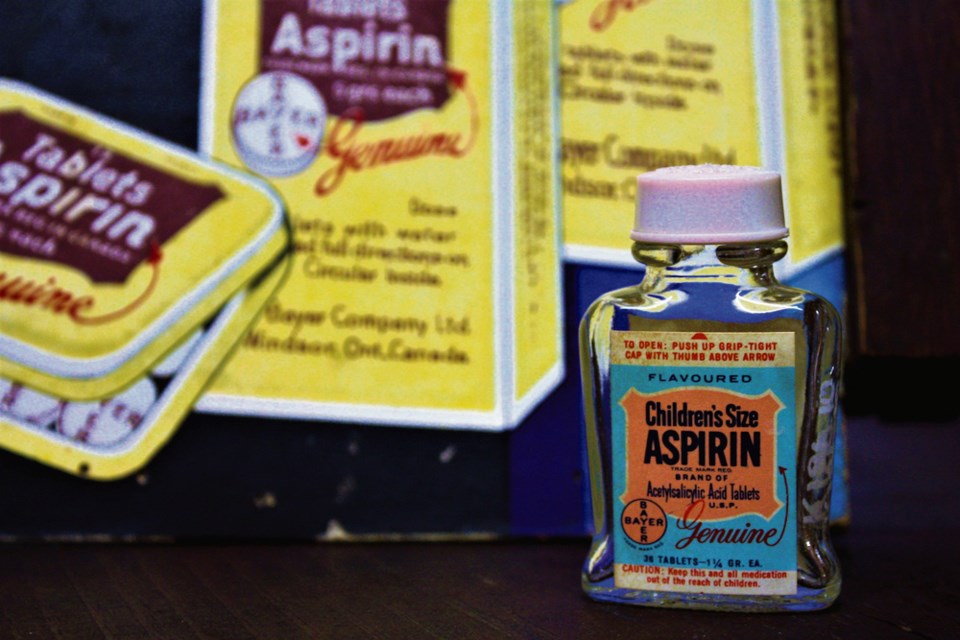Antibiotics, antipyretics, and analgesics: these are the medications we now take for granted but were once unknown to humanity.
During the Victorian era, illnesses were believed to be caused by spirits and profane odors that would induce bodily imbalances in their victims. Since germ transmission was a mystery and physicians were too expensive, households were kept spotless and home remedies were the common go-to when sickness threatened a family.
One of the pain medications Europeans began to investigate in the 1800s was aspirin – a drug born from willow bark and first noted 4,000 years ago by the Sumerians for fever, pain, and inflammation.
The yellow substance, which became known as salicin, was named and extracted by Johann Büchner, a professor at the University of Munich.
Later, Henri Leroux from France isolated a pure crystalline form followed by Felix Hoffman at the Bayer Company in Germany who used salicylic acid to aid with his father’s rheumatism.
After solving the side effect of gastrointestinal irritation, Bayer began to distribute the new and improved acetylsalicylic acid in powder form to physicians in 1899. Over-the-counter sales of Aspirin began in 1915.
Interested residents and visitors of Virden looking for more information on early medications and other Victorian artifacts are encouraged to visit the Virden Pioneer Home Museum where one can find a plethora of home remedies, cure-alls, and common medicines including Aspirin from the 19th and 20th centuries.
Madeline Peters is a summer tour guide at the Virden Pioneer Home Museum, which is now open for the season.




